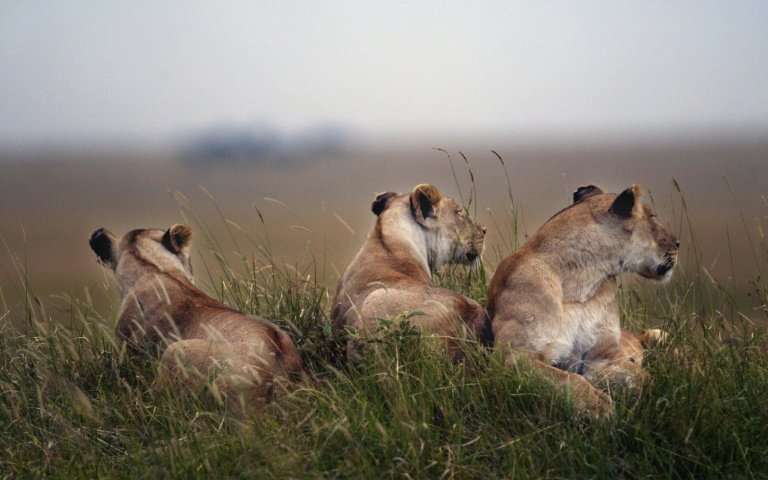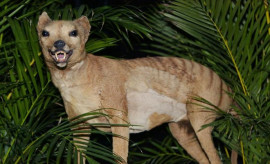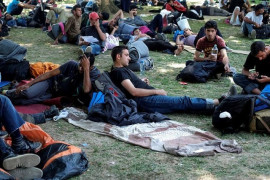
PARIS: Lions and cheetah are faster, stronger and no less agile than their prey, but zebras and impalas compensate with a surprising tactic, researchers said Wednesday: slow down, and keep the big cats guessing.
Indeed, fleeing at top speed is a fatal mistake, making it easier for the fearsome felines to close in for the kill, they reported in the journal Nature.
"If the prey is running flat out, it cannot speed up and its movements become predictable," lead author Alan Wilson, a professor at the University of London's Royal Veterinary College, told AFP.
"Lower-speed hunts favour prey survival, because it gives the animals the opportunity to manoeuvre."
Evolution theory to be removed from Turkish high school curriculum
The proof is in the kill rate: lions (which hunt zebra) and cheetah (which target impalas) fail two out of three times when they give chase.
Data for the study, collected in the savannah of northern Botswana, came from high-tech collars fitted onto nine lions, five cheetah, seven zebra and seven impalas, a kind of antelope.
All the animals were wild and free-ranging.
Over the course of more than 5,500 high-speed runs, the collars recorded location, speed, acceleration, number of steps, and ability to turn several times a second, yielding an unprecedented trove of information.
In addition, the researchers did biopsies to measure muscle power, as one might for world-class athletes.
Lions and cheetah, they found, were significantly more athletic than their prey: 38 per cent faster, 37 per cent better at accelerating, and 72 per cent better at slowing down quickly. Their muscles were also 20 per cent more powerful.
Despite these apparent advantages, zebras and impala kept the upper hand when chased by moving unpredictably to evade outstretched claws while just a step or two ahead.
"The prey define the hunt and know not to just run away but to turn at the last moment," explained Wilson.
Predator and prey on the African savannah have been locked in an evolutionary arms race for hundreds of thousands of years, perhaps millions.
Fruit fuelled evolution of a bigger brain: study
Over time, the big cats have become better killing machines, while their would-be meals have become more adept at evading capture.
But at the species level, the predator-prey relationship is monogamous: lions don't go after impalas, and cheetah generally leave zebras alone.
"Lions are large and can take down a larger prey, but their very size limits speed," said co-author Emily Bennitt, a researcher at the University of Botswana's Okavango Research Institute.
"Likewise, cheetah are agile and fast, but this requires them to be light, and thus unable to subdue larger prey."
A zebra, in other words, can defend itself against a cheetah while an impala, unless sick, will always be able to out-run a lion.
For prey species, avoiding the claws and maw of big cats is not the only survival skill required.
"Prey need to be good enough at evading capture to escape from most hunting attempts, but they also need to be adapted to foraging," Bennitt said by email.
From an evolutionary perspective, sometimes these needs come into conflict, she added.
"Characteristics that enhance speed could reduce foraging and movement efficiency."
As luck would have it, a collared predator never gave chase to a collared prey during the field research, but scientists were able to use computer models to simulate hunt scenarios with the wealth of data collected.















































COMMENTS
Comments are moderated and generally will be posted if they are on-topic and not abusive.
For more information, please see our Comments FAQ